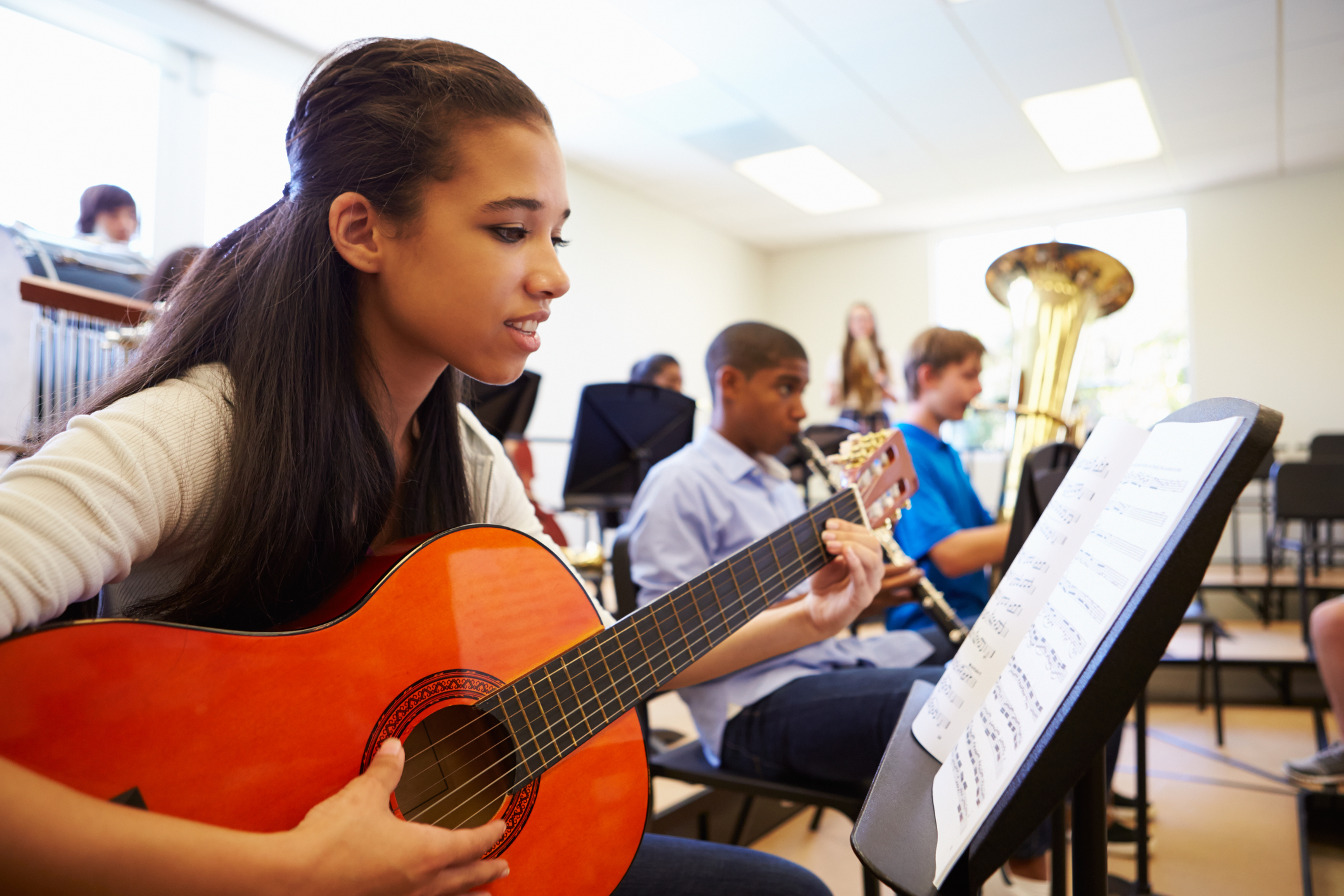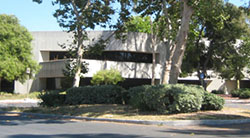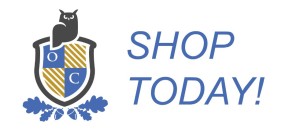
There are many different teaching philosophies that are in use today to engage students. Teachers provide whole-class instruction, small-group projects and discussions, and one-on-one attention when possible. The idea is to educate your students to the highest level of their abilities, with the focus on “everyone.” Differentiated instruction is a way to change this.
However, educational research today suggests that the education of “everyone,” is just as important of the education of “each one.” Determining the unique learning needs and styles of each individual student – and teaching that student in the most beneficial way. This is driving today’s educational focus and creates new ways to learn such as differentiated instruction.
Using assessments to determine individual needs and matching instruction methods and content to those needs is called differentiated instruction (DI). The International Congress for School Effectiveness and Improvement has stated that no other factor has contributed more to the change in students’ achievements than the intervention of differentiated instruction.
The Association for Supervision and Curriculum Development (ASCD) describes differentiated instruction as the method that provides a purposeful use of flexible grouping based on student skills, interests, readiness, or choice. Teachers are asked to “teach up” and to hold students accountable to high standards of learning.
In recent years, educators have found that DI is more effective with the use of technology. It includes many tools and approaches that foster individual learning. It has the unique ability to focus on areas of intelligence that are important. The idea of multiple intelligences has led educators to seek different teaching techniques and media. The rise of technology has created this strategy.
Using Technology to Differentiate Instruction
Having computers in the classroom allows students to learn at their own pace. They also become leaders in the classroom by helping other students by using various presentation tools on the computer, like Prezi, Powtoon, and EduGlogs.
Students can collaborate on the same documents simultaneously through websites that use Prezi and Google Documents. This helps them learn about teamwork and collaboration.
Move onto new ones. This is a valuable document for every student, allowing everyone to hone their skills without their peers being able to single them out.
Peer tutoring can be recorded for later review and discussion using software like Evernote. Other technology can be used as well, including cell phones, audio apps, and voice recorders.
Student discussions can be facilitated with chatting software like Google Hangouts or Skype Chats.
Students can make movies with software like Explain Everything, Screen Chomp, Educreations, and Screencast-o-matic.
Field trip experiences can be captured with slideshow software like Kizoa. Storybooks can be created with Storybird.
Having year-round access to technological resources can support individualized instruction. It lets the student go at their own pace with their preferred learning method.
Technology Promotes Multiple Intelligence Learning
There are many forms of intelligence, and there are a multitude of websites that offer incredible opportunities to further develop each type. Technology makes it possible to promote differentiated instruction in unique and valuable ways.
Verbal-Linguistic (VL)
VL learners enjoy learning through reading, writing, speaking, and listening. These students are good at listening to the teachers and other students, taking notes, doing research, and writing reports.
Websites that support VL learning includes:
- http://wordle.net – allows students to use words to express themselves creatively.
- http://ed.voicethread.com – captures student voices with audio and video.
- http://zoho.com – provides an online word processor and presentation tool.
Logical-Mathematical (LM)
LM learners love solving number and reasoning problems. They like organizing, measuring, and calculating.
Websites that support LM learning includes:
- http://zoho.com – offers spreadsheet and data collection tools.
- http://ed.voicethread.com – captures a sequence of steps during problem-solving.
- http://emeraldisland.com – helps create a virtual environment for experiments.
Visual-Spatial (VS)
VS learners think and organize spatially. They learn from seeing information that is presented visually. They love pictures, photos, illustrations, maps, charts, and presentations.
Websites that support VS learning includes:
- http://kerpoof.com – helps students draw picture stories.
- http://www2.shidonni.com – enables students to create characters and worlds.
- http://xtranormal.com – allows students to create and direct their own movies.
Bodily-Kinesthetic (BK)
BK learners benefit from hands-on tasks and constructing things. They express ideas through touching and movement. They love to act, manipulate objects, move the mouse, take photos, and get involved physically in a project.
Websites that support BK learning includes:
- http://play.ekoloko.com – provides a virtual world involving the manipulation of virtual objects.
- http://secretbuilders.com – creates a virtual world for students to interact with historical figures.
Musical/Rhythmic (MR)
MR learners learn best through auditory experiences like songs, rhythms, and patterns. They appreciate showing their knowledge with audio and video recorders.
Websites that support MR learning includes:
- http://gcast.com – enables students to create podcasts.
- http://toytheater.com – encourages students to interact with music, sounds, and patterns.
- http://viddler.com – enables students to record video with a webcam.
Interpersonal
Interpersonal learners love to interact with other students. They enjoy social events and discussions, cooperative projects and team activities. They love web tools that allow them to interact with other students on projects.
Websites that support Interpersonal learning include:
- http://play.ekoloko.com – allows students to interact and work on solving virtual problems together.
- http://emeraldisland.com – encourages students to interact for a common goal.
Intrapersonal
Intrapersonal learners learn through meta-cognitive practices like thinking about learning. They like to work on blogs where they can share what they think about learning with others.
Websites that support Intrapersonal learning include:
- http://think.com – allows students to blog about their learning process.
- http://wetpaint.com – is a “wiki” that lets students reflect on what they have learned.
- http://pbwiki.com – is another wiki for students to create and reflect on their learning process.
Naturalist (N)
Naturalist learners learn from their environment and enjoy field trips that involve observation of, and interaction with, the world around them. They enjoy activities that involve nature.
Websites that support Naturalist learning include:
- http://earth.google.com – allows students to explore the earth with satellite imagery.
- http://google.com/sky – gives students access to explore the solar system, constellations, and galaxies.
- http://kbears.com – helps students explore nature, animals, and the earth.
The use of technology in the classroom, with all of the resources available, can help teachers keep students engaged. It brings learning to the student and keeps learning student-centric. It empowers them to grow into lifetime learners.






